This is an introduction to the microscope, and we’re going to not only how to use a microscope but also cover the basics of optics, slide preparation, and why we can see things that are invisible to the naked eye. Microscopes are basically two lenses put together to make things appear larger.
Select a Lesson
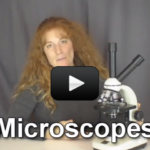 | Microscope Shopping List This lab is an introduction to the microscope. We're going to cover how to use a compound microscope, the basics of optics, slide preparation, and why we can see things that are invisible to the naked eye. What's a compound microscope? Compound microscopes are basically two lenses put together to make things appear larger. If … |
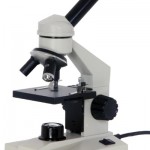 | Microwhat? Welcome to our unit on microscopes! We’re going to learn how to use our microscope to make things appear larger so we can study them more easily. Think about all the things that are too small to study just with your naked eyeballs: how many can you name? Let’s start from the inside out – … |
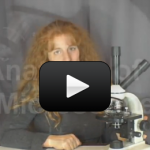 | Anatomy of the Microscope Nose? Objective? Stage? What kind of class is this? Well, some of the names may sound a bit odd, but this video will show you what they are and how they are used. As you watch the video, touch the corresponding part of your microscope to get a feel for how it works. NOTE: Be … |
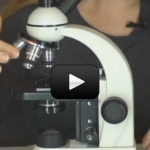 | How to Use a Microscope: Optics, Observing, and Drawing Techniques How do the lenses work to make objects larger? We’re going to take a closer look at optics, magnification, lenses, and how to draw what you see with this lesson. Here’s a video to get you started: Here’s what you do: |
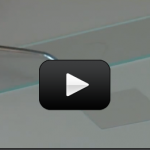 | Preparing a Dry Mount Slide Make sure you’ve completed the How to Use a Microscope activity before you start here! This is simplest form of slide preparation! All you need to do is place it on the slide, use a coverslip (and you don’t even have to do that if it’s too bumpy), and take a look through the eyepiece. … |
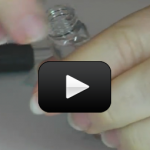 | Preparing a Wet Mount Slide Make sure you’ve completed the How to Use a Microscope activity before you start here! Anytime you have a specimen that needs water to live, you’ll need to prepare a wet mount slide. This is especially useful for looking at pond water (or scum), plants, protists (single-cell animals), mold, etc. When you keep your specimen … |
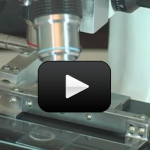 | Slide Preparation: Staining Make sure you’ve completed the How to Use a Microscope and also the Wet Mount activities before you start here! If your critter is hard to see, you can use a dye to bring out the cell structure and make it easier to view. There are lots of different types of stains, depending on what … |
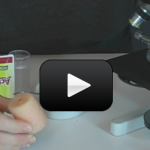 | Slide Preparation: Heat Fixes Make sure you’ve completed the How to Use a Microscope and also the Wet Mount and Staining activities before you start here! If you tried looking at animal cells already, you know that they wiggle and squirm all over the place. And if you tried looking when using the staining technique, you know it only … |
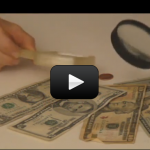 | Microscopes and Telescopes Hans Lippershey was the first to peek through his invention of the refractor telescope in 1608, followed closely by Galileo (although Galileo used his telescope for astronomy and Lippershey’s was used for military purposes). Their telescopes used both convex and concave lenses. A few years later, Kepler swung into the field and added his own … |
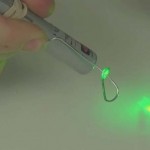 | Laser Microscope Did you know that you can use a laser to see tiny paramecia in pond water? We’re going to build a simple laser microscope that will shine through a single drop of water and project shadows on a wall or ceiling for us to study. |
